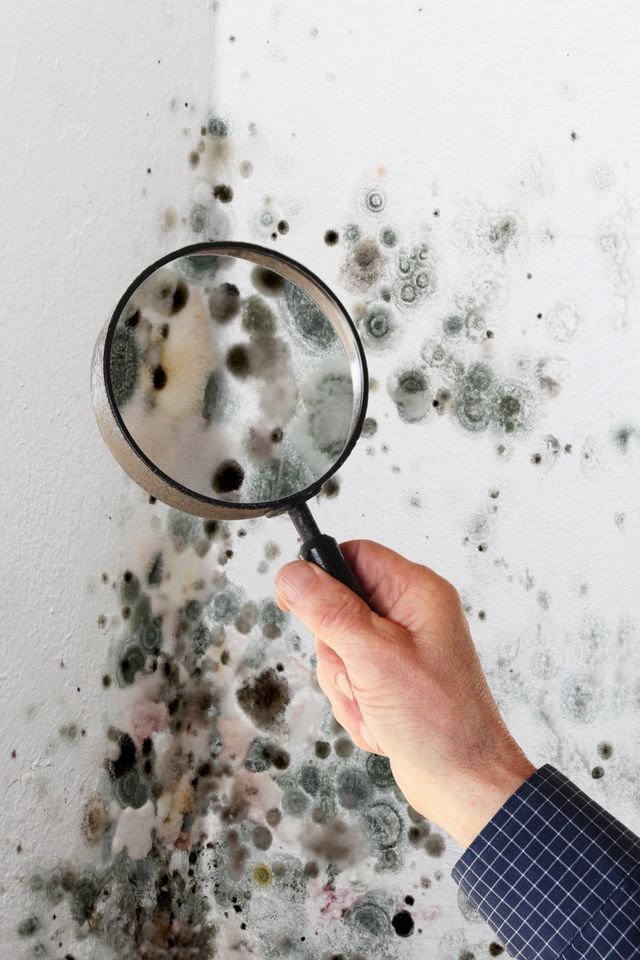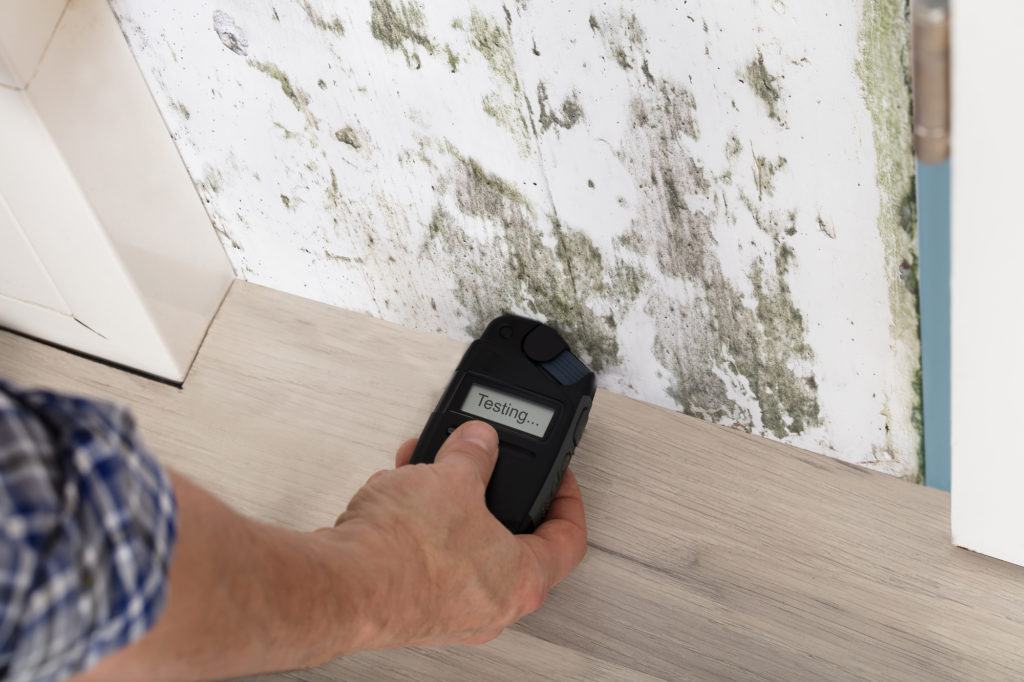Key Tips for Successful Article Mold Remediation
Attending to mold concerns in a prompt and reliable way is vital for maintaining a healthy and balanced indoor atmosphere. Efficiently finishing mold remediation is a multifaceted procedure that requires interest to information and adherence to details protocols. From checking treated locations to carrying out dampness control steps, each step plays an essential role in guaranteeing the efficacy of the removal process. There are key post-remediation steps that are equally important however often forgotten. These steps not just confirm the success of the remediation efforts but likewise add to stopping future mold development.
Examination of Treated Areas
Upon completion of the mold remediation procedure, a detailed evaluation of the dealt with locations is critical to ensure the performance of the remediation efforts. This assessment functions as an essential action in the post-remediation phase to verify that the mold and mildew removal and cleaning procedures succeeded in eliminating the mold and mildew problem and recovering a secure interior setting. The assessment ought to be performed by qualified experts who have the competence to examine the remediated locations diligently.
These include aesthetic assessments to inspect for any kind of indications of mold and mildew development or water damage, dampness levels to validate that the location is dry and totally free of excess humidity that can promote mold and mildew re-growth, and air quality testing to ensure that the indoor air is risk-free to breathe. Additionally, the examination may entail using specialized tools such as moisture meters and thermal imaging cameras to spot concealed mold or moisture pockets that might lead to future mold issues if left uncontrolled.

Dampness Control Procedures
Efficient dampness control measures are vital for preventing mold development and maintaining a healthy interior atmosphere. To accomplish this, it is vital to resolve sources of dampness within the structure. Correct air flow is crucial to managing moisture levels. Installing exhaust fans in restrooms and kitchens can help remove excess moisture. In addition, making use of dehumidifiers in wet locations can help in reducing moisture levels, making it harder for mold to grow.
Regularly inspecting and keeping the building's outside can likewise protect against moisture intrusion. what to do after mold remediation. Ensuring that gutters are clear, downspouts direct water far from the structure, and the roof remains in excellent condition can aid avoid water from leaking into the building. Properly securing doors and windows can also assist keep moisture out
In cases where water damages happens, timely action is necessary. Any spills or leaks should be cleaned up and dried within 24-48 hours to stop mold development. Using moisture meters can assist find hidden resources of water and make sure thorough drying. By applying these wetness control steps, the danger of mold and mildew persisting can be dramatically minimized, developing a much healthier indoor atmosphere.
Appropriate Ventilation Analysis
An important aspect of ensuring a healthy interior environment message mold and mildew remediation is carrying out a comprehensive evaluation of the ventilation system. Proper air flow analysis plays an important function in preventing future mold and mildew growth and maintaining air Web Site quality within the affected space.
In addition, evaluating the air flow system consists of examining the circulation of air throughout the area to identify any kind of areas of bad circulation where dampness and impurities might accumulate. Correct air flow not just helps in regulating humidity levels however likewise aids in removing air-borne mold spores and various other toxins, therefore boosting total indoor air high quality. By attending to any type of ventilation issues websites upload mold removal, home owners can produce a healthier and more comfortable environment for owners while reducing the threat of mold re-infestation.
Cleansing and Sanitation Protocols
To make certain detailed mold and mildew removal, careful adherence to details cleaning and disinfection procedures is necessary. Cleaning and sanitation methods play an important function in the post-mold remediation phase to protect against the reappearance of mold growth and ensure a risk-free and healthy environment.
After the preliminary cleaning, thorough sanitation of the impacted locations is needed to eliminate any continuing to be mold and mildew spores and hinder their spreading. This action is important in stopping the spread of mold to various other components of the residential or commercial property. Furthermore, executing safety nets such as applying mold and mildew preventions and preserving correct ventilation can help decrease the threat of future mold invasions. By following rigorous cleansing and disinfection procedures, residential or commercial property proprietors can make certain the successful eradication of mold and produce a healthy and balanced interior setting for owners.
Surveillance and Upkeep Strategy
Applying a regular tracking and upkeep plan is vital for ensuring the long-term performance of mold and mildew remediation initiatives. Once mold and mildew remediation is completed, it is vital to develop a surveillance routine to examine the success of the remediation procedure.
Furthermore, developing a maintenance plan is vital to stopping future mold concerns. try this out Regular maintenance not just helps in preventing mold yet likewise contributes to maintaining a healthy interior atmosphere - what to do after mold remediation.
Final Thought
Finally, effective post mold remediation includes comprehensive evaluation of treated areas, execution of wetness control measures, evaluation of appropriate air flow, adherence to cleaning and sanitation procedures, and establishment of a surveillance and upkeep strategy. These vital steps are vital to guarantee that mold development is successfully removed and avoided from recurring in the future. By complying with these standards, building owners can keep a risk-free and healthy atmosphere for owners.
Upon completion of the mold remediation process, a thorough inspection of the dealt with areas is vital to guarantee the performance of the remediation initiatives. These include aesthetic evaluations to examine for any signs of mold growth or water damage, wetness levels to confirm that the location is dry and totally free of excess moisture that could advertise mold and mildew re-growth, and air high quality testing to ensure that the interior air is risk-free to take a breath. Furthermore, the assessment may entail utilizing specialized tools such as moisture meters and thermal imaging cams to detect surprise mold or moisture pockets that could lead to future mold troubles if left unchecked. By resolving any kind of ventilation concerns post mold remediation, property proprietors can create a much healthier and much more comfortable setting for residents while minimizing the threat of mold and mildew re-infestation.
